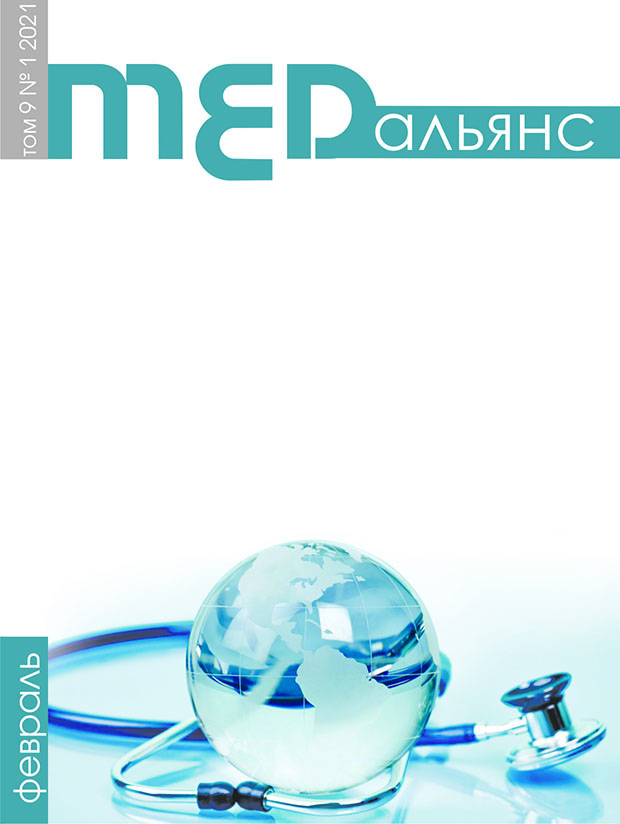Abstract
The article presents the results of a study of the socio-demographic and clinical features of the development of newly diagnosed respiratory tuberculosis in women, the frequency of tuberculosis-associated diseases in different age groups, the effectiveness of anti-tuberculosis therapy and adverse side reactions. The results of the study showed a high incidence of respiratory tuberculosis among women of reproductive age, especially among the socially vulnerable group, in whom the tuberculosis process is accompanied by destructive changes in the lungs, massive bacterial shedding and drug resistance to anti-tuberculosis drugs. Severe comorbidities have been revealed, especially HIV infection, that lead adverse side reactions during treatment. In young women in 37.5% of cases and in 41.6% in the older age group, tuberculosis was accompanied by several diseases, which made it difficult to conduct anti-tuberculosis therapy and reduced its quality. Women of reproductive age up to 35 years old made up 30.5% of all patients, 44.8% of them had children. The majority of women (64.6%) of working age do not have a permanent job, and 12.7% do not work at all. For socially vulnerable women, low adherence to treatment is characteristic, which forms the preconditions for the chronicity of the tuberculosis process and unfavorable prognosis in the course of respiratory tuberculosis and affects the epidemiological situation, especially in relation to families and children in contact with a patient who sheds mycobacterium tuberculosis, all the more so drug resistant strains. The problem of respiratory tuberculosis in wo men is important in modern socio-economic conditions, healthy lifestyle is to be actively promoted in secondary schools.

